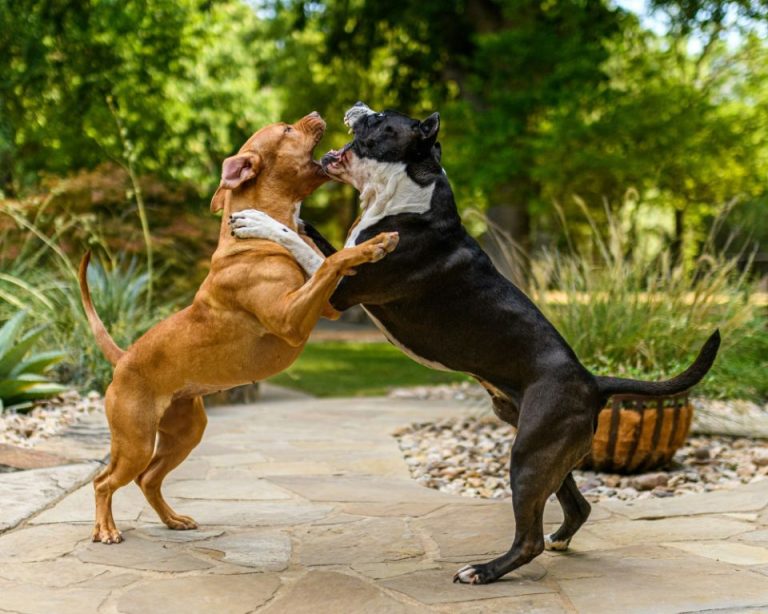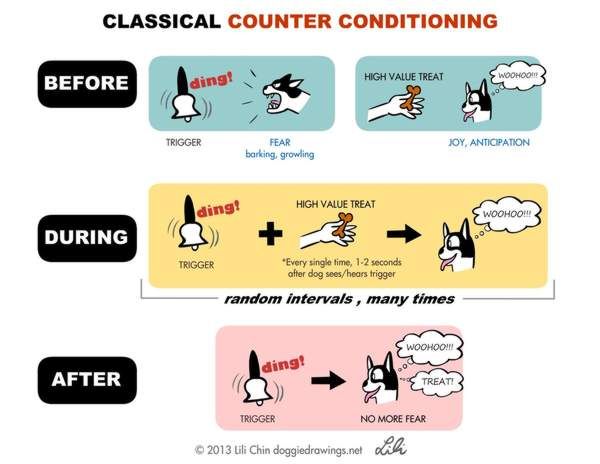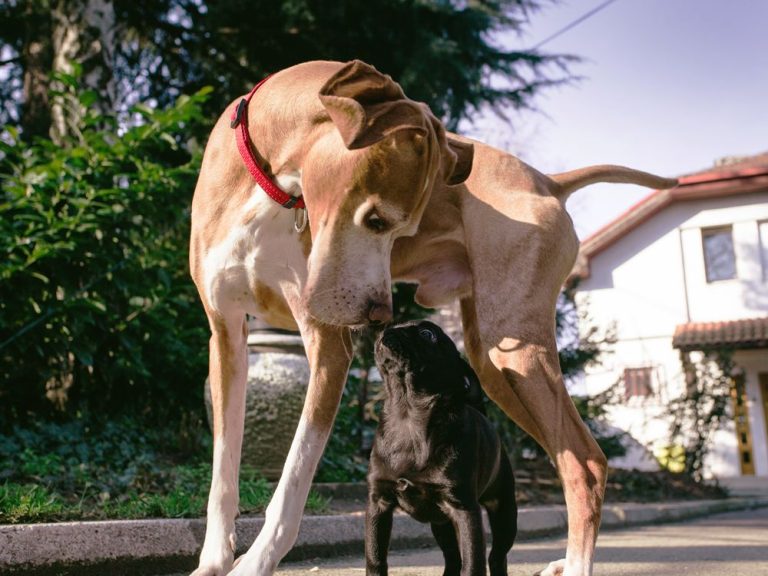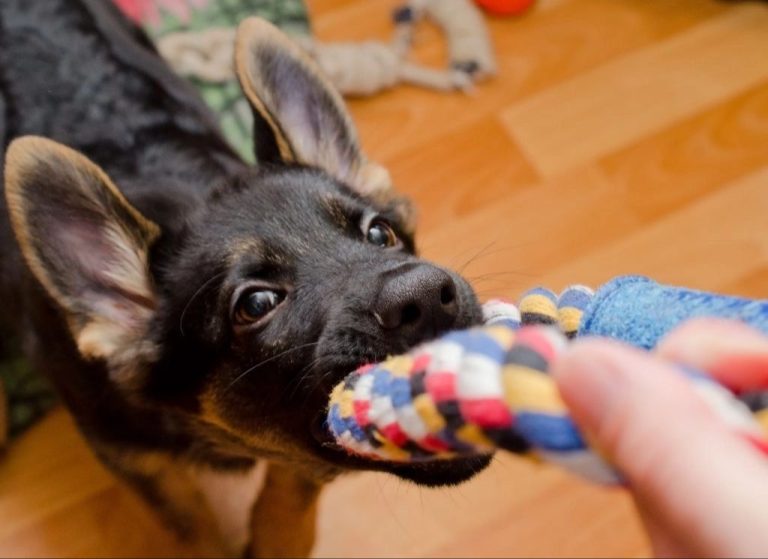Teaching Your Dog To Relax In The Car: Gradual Exposure And Positive Associations
Many dogs experience anxiety when riding in vehicles. This can be extremely stressful and unpleasant for both dogs and their owners. Teaching a dog to relax in the car is important for their wellbeing and to make transportation easier. Anxious behavior in the car can range from panting and drooling to barking, vomiting, and even defecating. It’s not only unpleasant to deal with, but can also be dangerous if the dog interferes with the driver. However, with patience and proper training, it is often possible to gradually get dogs comfortable riding in cars.
The keys are to identify the root causes of your dog’s car anxiety, proceed very slowly with short trips, utilize treats and a comfortable environment, and stick to a regular routine. Over time, as your dog learns to associate car rides with positive experiences instead of fear, the anxiety should dissipate. A desensitization process combining gradual exposure therapy and positive reinforcement training can make car trips enjoyable. While there are also medications that can help in the short run, addressing the underlying issues through training is the best long-term solution.
Understand the Root Causes
There are several potential reasons why dogs may become anxious in cars:
Motion sickness – The movement of the vehicle can cause nausea and dizziness in some dogs, leading to anxious behavior as a response. This is due to the vestibular system in their inner ear being overstimulated by the motion.[https://www.rover.com/blog/help-dog-car-anxiety/]
Fear of confinement – Being constrained in a small space with no escape can trigger fearful reactions in dogs. They may associate the car with being trapped and unable to get out.[https://bondvet.com/b/dog-car-anxiety]
Negative past experiences – If a dog has had any traumatic incidents in the car previously, such as a crash or getting carsick, this can ingrain anxiety and dread of car travel. The dog anticipates the same bad thing happening each time they get in the car.
Understanding the specific triggers that provoke your dog’s car anxiety is an important first step toward resolving the issue through gradual desensitization.
Start with Very Short Trips
Begin by taking your dog on short, very positive car rides to fun places. Go only a block or two at first. Make sure to bring along lots of tasty treats and their favorite toy to make it a great experience for your pup.
Start the engine while your dog is outside of the vehicle, then call them in happily and reward them with praise and treats for jumping in. Drive just down the block, then stop and reward them again before heading home. Gradually work up to going just a little farther each trip.
Keep the rides extremely short at first so your dog doesn’t have time to become anxious. End on a positive note before your pup shows any signs of distress. You want them to associate getting in the car with something fun happening.
It may take many sessions of 1-2 block trips before your dog is comfortable going farther. Be patient and let your dog set the pace. If at any point they seem scared, stop the trip and try again another day.
For more tips, check out this guide: How to Train Your Puppy for Car Rides
Use Favorite Treats
Bring high-value treats like chicken, cheese, or peanut butter on car rides to create positive associations. Giving your dog treats continuously during the ride can help shift their focus onto something enjoyable rather than feeling anxious. The treats also act as a reward for calm behavior in the car.
Some excellent calming treats to try are Zesty Paws Calming Bites and VetriScience Composure Chews, which contain natural ingredients like melatonin, L-tryptophan, and chamomile to promote relaxation. You can find a wide selection of calming treats for dogs on Amazon or at your local pet store (Source).
Make sure to introduce any new treats gradually so your dog’s stomach doesn’t get upset. It may take some experimentation to find which high-value rewards work best for your individual dog.
Giving treats continuously throughout the ride allows your dog to associate the car with good things happening. This positive reinforcement makes car rides less scary and more enjoyable over time.
Create a Comfortable Environment
Making the car interior as calming and comfortable as possible can help ease your dog’s anxiety. Here are some suggestions:
- Cover the seats with a familiar blanket or bed from home. Your dog’s own scent can have a soothing effect.
- Bring your dog’s favorite toys or chews to serve as distractions.
- Use an Adaptil pheromone spray or diffuser in the car to help calm your dog. Studies show dog-appeasing pheromones can reduce stress behaviors (Your Guide to Managing Canine Car Anxiety).
- Crack the windows open to allow fresh air circulation if possible. This provides sensory stimulation that can distract from anxiety.
- Play calming music to help tune out scary outside noises.
The goal is to make the car seem like a comfortable extension of your home. With enough positive experiences in a calming environment, your dog can overcome their anxiety and learn to relax during drives.
Practice Obedience Commands
An effective technique is to have the dog practice basic obedience commands like sit, down, and stay during short car rides. This helps redirect their focus in a positive way. Start by giving your dog the command to sit or lie down in a stationary vehicle with the doors open and reward with treats when they comply. Gradually work up to giving commands with the doors closed, then commands during short drives around the block. Keep sessions short and upbeat, praising and rewarding your dog for obeying. This establishes the car as a place for listening and treats, creating a more positive association. With consistency over time, your dog will become conditioned to relaxing and focusing on you rather than being anxious during rides.
According to Kurgo, “Dogs feel secure when they know what’s expected of them. Practicing obedience commands is essentially putting them to work, which focuses their attention on you.”1 Keep rewarding and reinforcing calm behavior and obedience every time you take a short trip. Eventually your dog will associate the car with structure and rewards rather than fear.
Gradually Lengthen Trips
Over time, slowly make the car rides longer as the dog becomes desensitized. Vary routes but make sure the dog is comfortable with each incremental increase in duration. You may start with just driving around the block. As your dog relaxes, go a bit farther, like to the neighborhood park. Work up to 5-10 minute trips before increasing again.
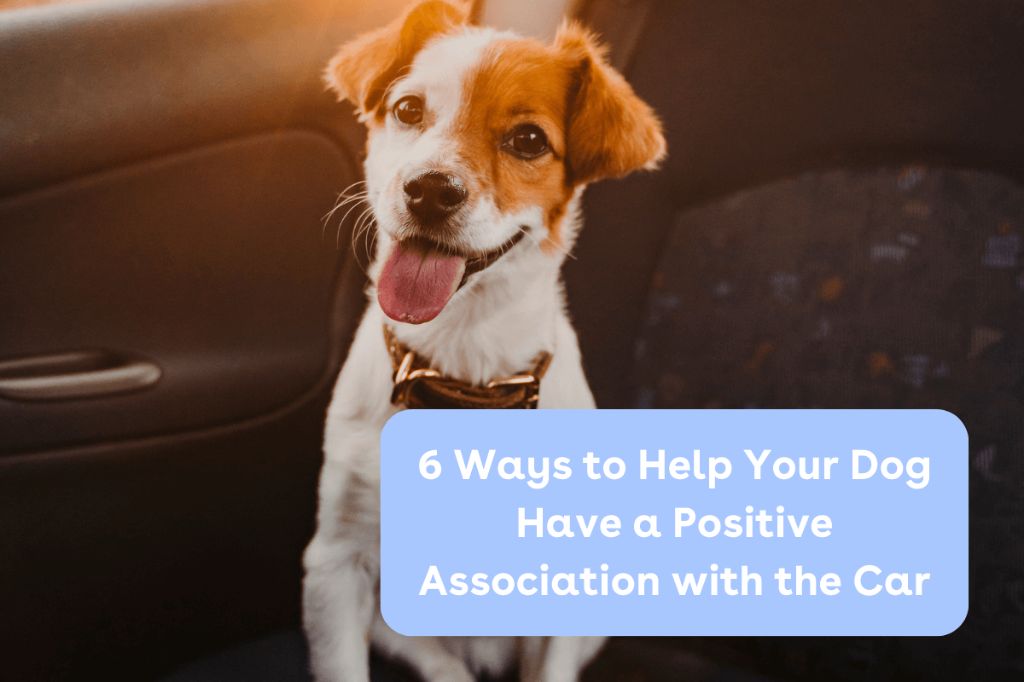
According to the article Dog Travel Anxiety: Prevention, Treatment, and More, you’ll want to “gradually work up to longer distances as comfort levels in the car increase over days and weeks.” The key is to go at your dog’s pace and remain below the threshold where signs of anxiety appear.
It can be helpful to plan errands like short trips to the bank or post office. This way, you systematically make the rides a bit longer while also pairing them with fun outings and treats. Just be sure not to push your dog too far too fast.
Try Anxiety Medications
If your dog continues to exhibit signs of anxiety even after gradual exposure therapy, you may want to consider anti-anxiety medication prescribed by your veterinarian. Some common options include:
Trazodone (brand name Desyrel®) – This medication is often prescribed for situational anxiety during car rides. It has a sedative effect that can help dogs relax. Source
Gabapentin (brand name Neurontin®) – This anticonvulsant medication can help relieve anxiety. It takes effect fairly quickly. Source
Alprazolam (brand names Xanax® and Niravam®) – This fast-acting benzodiazepine can treat situational phobias like car anxiety. But prolonged use can lead to dependence. Source
Fluoxetine (brand names Reconcile® or Prozac®) – This SSRI medication must be given daily, but can help treat ongoing anxiety issues. Source
Discuss with your vet to determine if medication could be an appropriate option for your dog. Be aware of potential side effects. You’ll also need to carefully follow dosage instructions.
Be Patient and Consistent
Changing this behavior takes time and routine practice. Stay calm, be patient, and persist. Desensitization training requires regularly exposing your dog to short car trips over a period of weeks or months. Don’t expect your dog to be instantly cured after one or two trips.
You need to establish a consistent routine of gradual exposure therapy. Make sure to keep trips short and pleasant at first. Reward calm behavior generously. Slowly build up the duration and difficulty of trips over an extended period as your dog learns to relax.
Rushing the process or losing patience can cause setbacks. Remain positive and keep sessions brief. If your dog seems stressed, go back to an easier step. With routine training, your dog will gain confidence and feel more secure in the car over time.
Every dog is different, so adjust the training based on your dog’s unique needs. But sticking to a gradual, patient, and consistent training regimen is key to long-term success.
For more tips, see this guide to dog travel anxiety.
Other Tips and Considerations
Here are some other miscellaneous tips for helping your dog relax in the car:
- Practice car rides at various times of day – don’t only go for car rides in the evening or late at night when your dog is already tired. Doing short practice trips during the day will help your dog generalize that car rides are not stressful.
- Consider crate training your dog and having them ride in a crate secured in the car. The enclosed space can help some dogs feel more secure.
- Stay upbeat during car rides and don’t coddle or pamper your dog if they seem anxious. You want your dog to learn that car rides are no big deal.
- Watch for setbacks and if your dog suddenly becomes reluctant to get in the car again, go back to very short trips and high value treats to rebuild the positive associations.
With patience and consistency using desensitization techniques, you can help your dog become comfortable and relaxed riding in the car.

